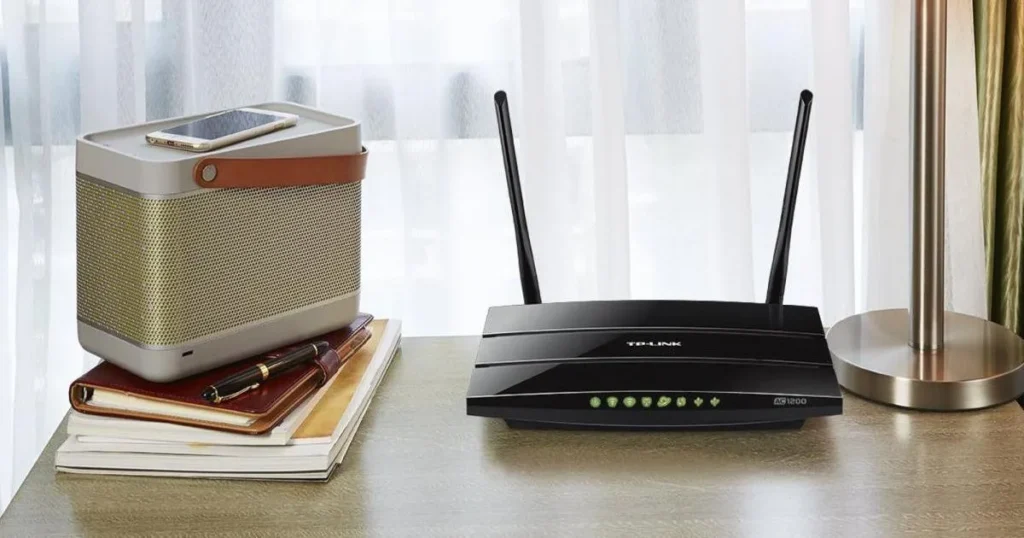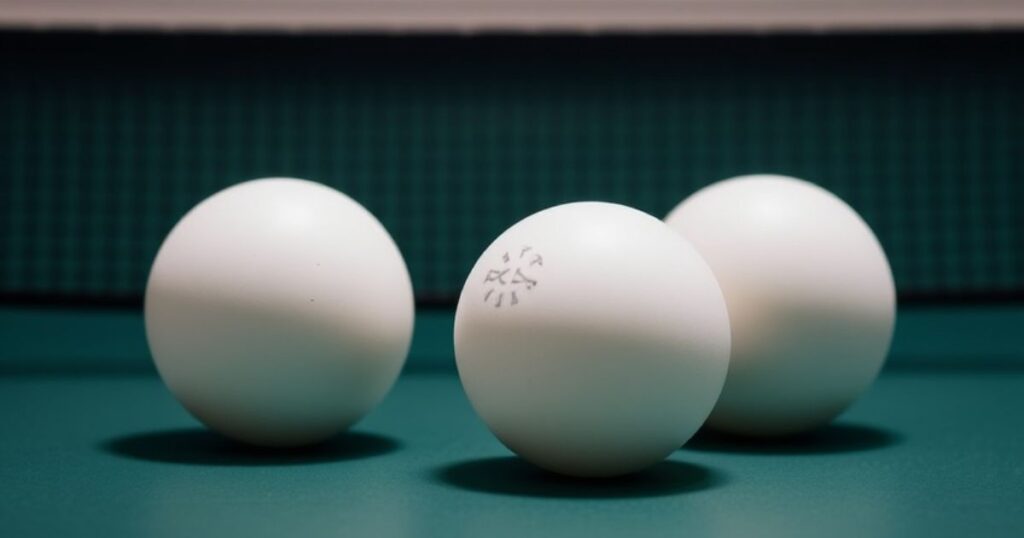Ever found yourself needing a quick way to measure something but can’t find a ruler? Understanding common items that are about 5 inches long can be incredibly helpful for everyday measurement estimation. Whether you’re crafting, shopping, or just need a quick size reference, these practical tools are always within reach.
Let me share some reliable household items that consistently measure around 5 inches, based on standard dimensions and verified measurements. These examples come from extensive personal experience in crafting, home organization, and everyday problem-solving.
How Long is 5 Inches?
To give you a clear perspective, 5 inches equals approximately 127 millimeters or 12.7 centimeters. This measurement frequently appears in our daily lives, often matching the height of a standard smartphone or the width of an adult’s palm.
Understanding this length becomes particularly useful when you need quick measurement references without tools. It’s slightly less than half a foot, making it an easy size to visualize and estimate in various situations.
Many everyday objects around your home can serve as reliable substitutes for a ruler when you need to measure something close to 5 inches. This knowledge proves invaluable for quick estimations in crafting, home improvement, or general measurements.
How Long is 5 Inches on Ruler?
Finding 5 inches on a ruler is straightforward when you understand the basic markings. Standard rulers show inch marks as longer lines with shorter lines between them indicating half-inches and quarter-inches.
The measurement appears exactly five marks from the zero point, with each major mark representing one inch. This distance creates a perfect reference point for comparing other objects and ensuring accurate measurements.
For those who frequently work with measurements, becoming familiar with this length on a ruler helps develop an intuitive sense of 5-inch measurements in everyday situations.
1. Nail File

Standard nail files typically measure 5 inches in length, making them perfect portable measuring references. This consistent sizing across brands stems from ergonomic design principles that optimize handling and effectiveness.
Professional emery boards and metal nail files maintain this length specification to ensure proper grip and control during use. Their rigid construction makes them particularly reliable for measurement purposes.
The durability and widespread availability of nail files make them practical dual-purpose tools for both grooming and measurement reference.
2. Router Antenna

Most home router antennas are designed to be approximately 5 inches long, though this can vary by model and manufacturer. This length optimizes Wi-Fi signal transmission for typical home environments.
Understanding antenna length becomes particularly relevant when setting up wireless networks or troubleshooting connection issues. The standard sizing helps maintain consistent performance across different router models.
When using router antennas as measurement references, remember to account for any adjustable components that might affect the total length.
3. 2 Tennis Balls

Standard tennis balls measure precisely 2.57 inches in diameter according to official regulations. Placing two balls side by side creates a length very close to 5 inches, making them reliable measurement tools.
The strict manufacturing standards for tennis equipment ensure consistent sizing across brands and productions. This standardization makes tennis balls particularly reliable for quick measurements.
Their spherical shape and firm construction maintain accurate dimensions even with regular use, unlike some softer or more malleable items.
4. Hair Comb

The standard hair comb typically measures 5 inches in length, balancing portability with effective grooming capability. This size has become an industry standard due to its practical efficiency.
Professional-grade combs maintain particularly consistent measurements due to precise manufacturing requirements. Their rigid construction ensures they retain their dimensions over time.
The widespread availability and durability of hair combs make them excellent reference tools for quick measurements.
5. Standard Soda Can

A standard soda can in North America measures approximately 4.83 inches in height, making it a convenient reference point for estimating 5-inch lengths. This measurement remains consistent across major beverage manufacturers.
The aluminum construction ensures the can maintains its dimensions reliably, unlike some plastic containers that might deform. Their widespread availability makes them particularly useful as measuring references.
When using soda cans for measurement, remember to account for the slight difference between their actual height and 5 inches for more precise estimations.
6. Pill Organizer

Weekly pill organizers typically measure 5 inches in length, designed to accommodate seven daily compartments efficiently. This standardized sizing makes them easily recognizable reference tools.
The durable plastic construction maintains consistent dimensions even with regular use. Their rectangular shape and clear compartments make them particularly useful for linear measurements.
Most commercially available pill organizers follow this sizing convention, making them reliable measuring references across different brands.
7. USB Cable

Standard USB cables, particularly those packaged with mobile devices, often feature a 5-inch cord section from connector to connector. This length has become common for portable charging solutions.
The consistent manufacturing standards in the electronics industry ensure reliable dimensions. Their flexible nature requires stretching them straight for accurate measurement reference.
Remember that while the cable portion may measure 5 inches, additional connector lengths might affect total measurements.
Read More: How Long is 7 Inches?
8. Gift Cards

Standard gift cards and credit cards, while not exactly 5 inches, provide useful reference points when used in combination. Two cards placed end-to-end closely approximate 5 inches.
The strict manufacturing standards for payment cards ensure consistent dimensions across all issuers. Their rigid plastic construction maintains accurate measurements over time.
Using cards as measuring references proves particularly convenient since most people carry them regularly.
9. US Dollar

The US dollar bill serves as a reliable measuring tool, though not directly at 5 inches. Each bill measures precisely 6.14 inches in length and 2.61 inches in width, making it a consistent reference point.
Using the width measurement, you can estimate 5 inches by visualizing roughly two dollar note widths. This method proves particularly useful since most people have access to paper currency.
The consistency in bill dimensions across all denominations makes this an especially reliable measuring method, though it’s important to note that worn bills might show slight variations.
10. 3 Table Tennis Balls

Standard table tennis balls measure exactly 1.57 inches in diameter according to international regulations. Placing three balls in a line creates a length very close to 5 inches.
This measurement method works particularly well because table tennis balls maintain consistent sizing across brands due to strict sporting regulations. Their perfect spherical shape also ensures accurate measurements.
The smooth surface and standardized size make these balls excellent tools for quick measurements, especially when working on craft projects or spacing items evenly.
11. 2.5 Pink Erasers

Standard pink erasers commonly found in office supplies typically measure 2.5 inches in length. These practical tools serve dual purposes – both for erasing and as reliable measurement references when you need them.
The consistent manufacturing of these erasers makes them particularly reliable for measurement. Their rectangular shape and firm construction ensure they maintain their dimensions even with regular use, unlike some other household items that might compress or deform.
Most office supply stores carry these standard-sized erasers, making them easily accessible for both their primary purpose and as impromptu measuring tools. Their bright pink color also makes them easy to spot in a drawer or pencil case.
12. Half of the Chopsticks

Traditional chopsticks typically measure around 10 inches in total length, making each half approximately 5 inches. This measurement remains fairly consistent across different manufacturers, though there can be slight variations between regions and styles.
The uniform nature of chopstick production means they serve as reliable measuring tools across Asian cultures. Their straight edges and rigid construction make them particularly useful for measuring linear distances.
When selecting chopsticks for measurement reference, opt for traditional wooden or bamboo styles rather than decorative ones, as these tend to maintain more standardized dimensions.
13. Paper Clips

Standard paper clips measure about one inch in length, making five lined up end-to-end a perfect 5-inch measuring tool. This method offers remarkable accuracy due to the standardized manufacturing of office supplies.
These common household items prove particularly useful in office settings where other measuring tools might not be readily available. Their uniform size and shape make them ideal for quick measurements.
Professional-grade paper clips maintain more consistent sizing compared to decorative or colored varieties, making them more reliable for measurement purposes.
14. Additional Uses for 5-Inch Items
Beyond measurement, many 5-inch items serve multiple practical purposes in our daily lives. Understanding these alternative uses can help maximize the utility of common objects around us.
These items often fit perfectly in standard storage solutions, making them ideal for organization systems. Their consistent size also makes them useful for spacing and alignment in various projects.
Many craft projects and DIY solutions specifically call for 5-inch measurements, making familiarity with these common items particularly valuable.
Read More: How Long is 8 Inches?
Common Misconceptions About Item Measurements
People often misestimate the actual size of common objects, leading to measurement errors in various projects. Understanding these common misconceptions helps avoid mistakes in practical applications.
Manufacturing variations can sometimes cause slight differences in size between similar items. It’s important to verify measurements when precision is crucial rather than relying solely on general guidelines.
Regional differences in manufacturing standards can also affect the exact dimensions of seemingly identical items, particularly with international products.
Tips for Accurate Measurement Without Tools
Developing an eye for measurement takes practice but proves invaluable in many situations. Using multiple reference items can help confirm measurements and improve accuracy.
When using everyday objects for measurement, consider factors like wear and tear that might affect their dimensions. Always cross-reference with another item when precision matters.
Regular practice with both standard measuring tools and everyday objects helps develop better estimation skills over time.
Conclusion
Understanding the length of common 5-inch items provides practical value in various situations. From crafting to quick estimations, these everyday objects serve as reliable measuring tools when traditional methods aren’t available.
Remember that while these items offer convenient references, they shouldn’t replace precise measuring tools when accuracy is crucial. Their primary value lies in quick estimations and general guidelines rather than exact measurements.
Keep exploring and identifying more items in your environment that match this measurement – you’ll likely discover many more useful references beyond those listed here. This knowledge enhances your ability to make quick, reliable estimates in daily life.
